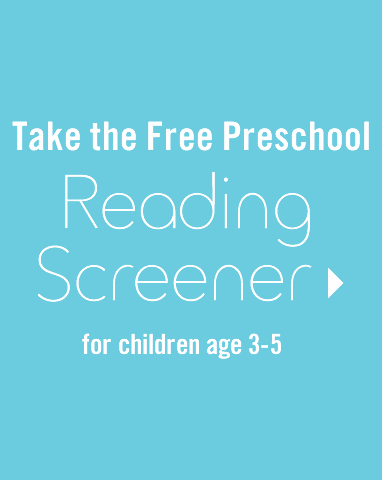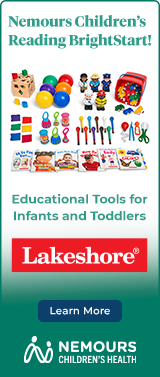In this Caldecott Honor board book, a young girl sits on her Daddy’s lap and together they count the things they see in her room at bedtime. You and your baby can count backwards from 10 to one, beginning with the little girl’s toes.
The story text is large and has a rhyming pattern as a child is asked the title question. The dark, colorful illustrations look like paintings, and the featured body part is the main focus.
In this book, animal illustrations showcase the different patterns that animals have, such as a dog’s spots or a zebra’s stripes. Each colorful illustration is placed on a contrasting background to help your baby focus on the design and introduce colors.
Silly animals show their brightly colored clothing in this board book - but one of them just can’t seem to get dressed the right way! The descriptive words appear under the pictures, so you bring your baby’s attention to clothing, not just the animal.
As your baby grows, his need to vocalize demands will increase. You can help your baby communicate with sign language, using the 13 signs found in this board book.
This board book is perfect for short attention spans. Each page uses faces of real infants and toddlers to focus on mealtime, a normal part of a baby’s day. The large photographs and simple words on each page are sure to catch your baby’s attention.
In this fun songbook, a diverse group of babies demonstrate the motions to the song “Head, Shoulders, Knees and Toes…” through colorful illustrations. If you are unsure of the tune, the musical score and lyrics are on the back cover.
Young infants try to imitate the sounds that adults make. This behavior shows that your baby is already becoming aware of the sounds of language. Play this game with your child to help develop this emerging skill.
From 6 to 11 months old, your child’s fine motor development greatly improves. A favorite game during these months is “Fill and Dump”! It is these early experiences that prepare your child to have the fine motor and eye-hand coordination she will need later for drawing and writing.
Using the thumb and index finger to pick up objects is a big advancement in fine motor development. It is these early experiences that prepare your child to have the fine motor and eye-hand coordination she will need later for drawing and writing.








